Lifestyle
20 Misconceptions Europeans Often Have About Life In The United States

Think you’ve got America all figured out from movies and that one summer trip to New York? Think again. Life in the United States is full of quirks and realities that don’t match the overseas rumor mill. We’re setting the record straight on 20 common misconceptions Europeans often get wrong. Ready to swap stereotypes for facts?
Every American Owns A Gun

It’s easy to believe guns are in every home, but that’s not the case. Not every American has one at their home. Urban, coastal, and younger populations often view firearms differently than rural communities. Gun culture exists, but it’s not a universal American identity.
Americans Rarely Travel Abroad

Some believe Americans never leave their borders. In truth, many explore internationally when work or family allows. Travel habits depend heavily on job flexibility and proximity to major airports. The love for travel is there; it just looks different than Europe’s.
All Americans Are Obese And Eat Fast Food Daily
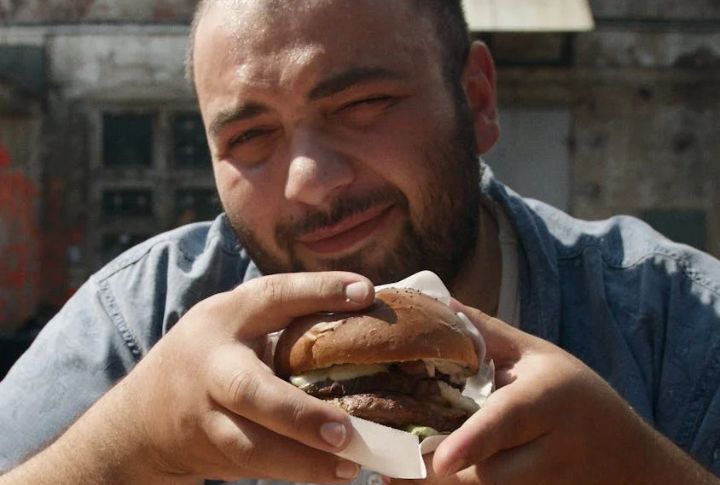
This assumption overlooks how many people cook at home or buy locally. Not every meal comes in a paper bag. Fast food exists, but so do farmers’ markets, meal prep routines, and people who take wellness seriously.
American High Schools Are Like The Movies

Cinematic high school stories are often far from reality. Classrooms rarely revolve around popularity contests or hallway fights. Most students focus on homework, sports, part-time jobs, or planning for college. It’s rarely flashy and the drama usually stays off-screen.
Americans Are Loud And Always Patriotic

Loudness can be misread as confidence or friendliness, especially in group settings. Patriotism is not worn on every sleeve. Some people show pride in quiet ways, while others criticize the system openly. There’s no one volume or flag-waving standard across the country.
The US Is A Cultural Desert
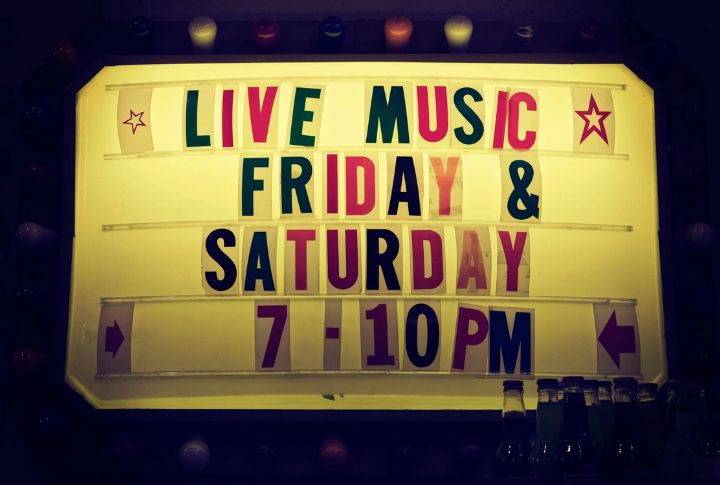
From music and literature to design and regional traditions, American culture has deep roots. It evolves quickly, too, driven by a mix of old and new influences. People often miss the subtleties beneath what Hollywood or social media usually show.
Healthcare Is Unreachable For Everyone

Medical care in the US can be expensive, but it isn’t entirely out of reach. Many people find ways to access doctors through jobs, community programs, or insurance plans. It’s a complex system, but not one that leaves everyone stranded.
Americans Know Little About The World
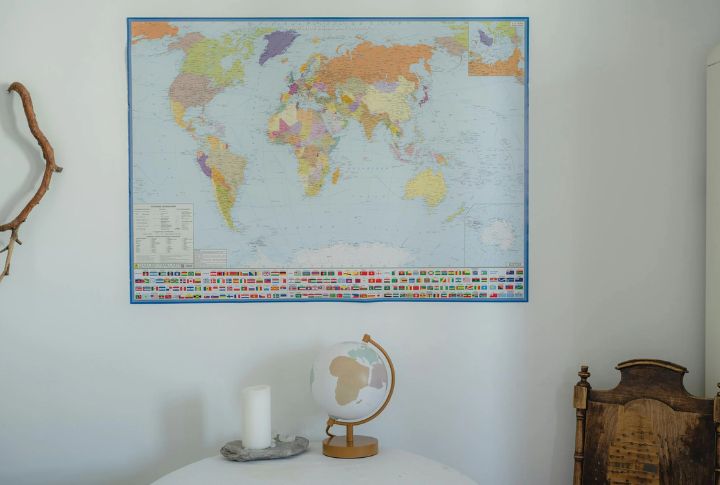
Curiosity about global events exists everywhere. Some Americans stay local in focus, but others follow world news daily or learn new languages for fun. It’s unfair to paint an entire nation as uninterested just because a few don’t know where Belgium is.
Everyone Lives In A Detached Suburban House
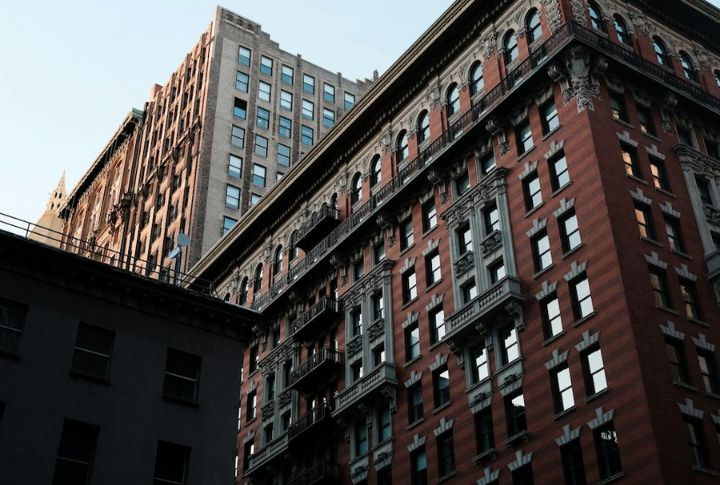
Apartment buildings stretch across cities and mobile homes fill rural counties. Single-family homes are just one option. Living arrangements depend on geography and lifestyle—some prefer condo life downtown, while others live off-grid. The white-picket-fence dream isn’t as common as assumed.
America Is One Of The Most Dangerous Countries
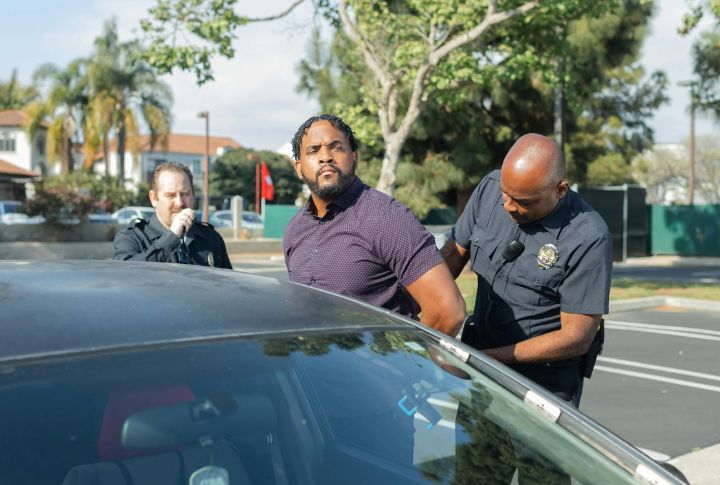
Headlines often make it seem like danger waits on every street corner. In reality, most Americans live normal, uneventful lives. Local crime varies, but constant fear isn’t the norm. Many towns are as safe and quiet as their European counterparts.
Americans Never Take Vacation

It might surprise some to know people do make time for trips, even with limited leave. Weekend getaways, holiday travel, and remote work give room for rest. While vacation days may be fewer, making the most of them is a point of pride.
The Entire Country Thinks The Same Way
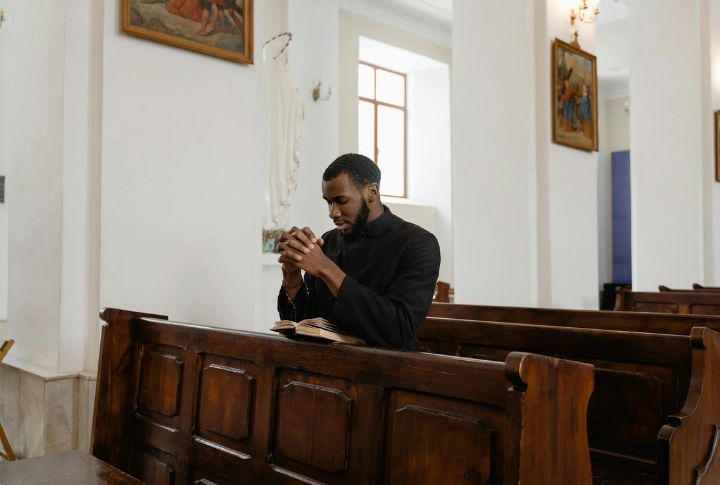
Spend time in different regions, and the contrasts become clearer. Views on religion and daily life shift wildly from coast to countryside. Some towns lean progressive, others conservative. There’s no single American mindset to point to.
Everyone In The US Is Rich
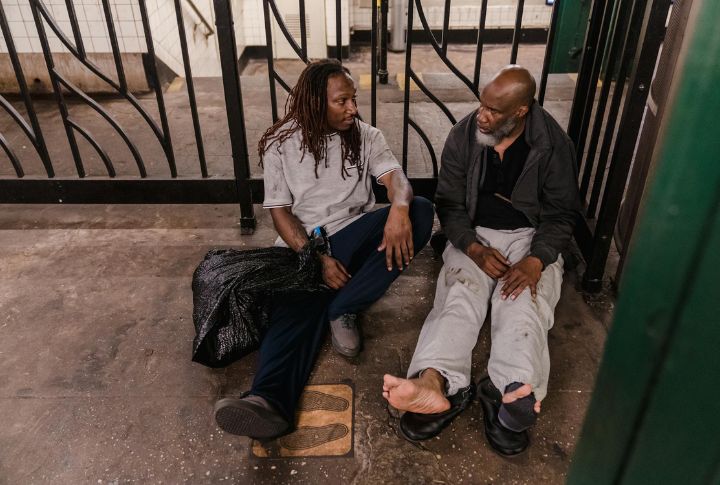
Many people struggle to cover rent or build savings. Wealth exists, but so does poverty. The gap between rich and poor people is wide, and success isn’t evenly distributed. It’s a country where some thrive and others constantly hustle to survive.
No One Uses Public Transportation
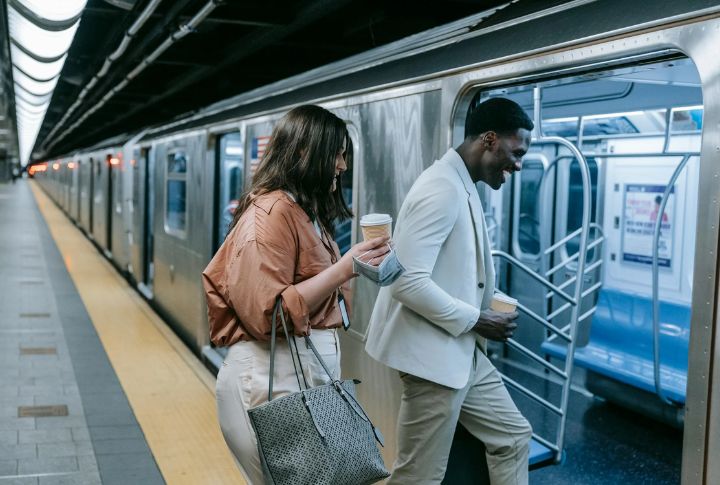
Millions of people rely on buses, subways, and ferries daily. While rural areas often lack infrastructure, cities like New York and San Francisco depend on public transit. It’s not about preference—it’s about availability. Where it exists, people use it heavily and often.
Everyone Speaks Only English

Walk through any major American city and you’ll hear multiple languages. Immigrants and heritage speakers keep cultural roots alive. Spanish, Mandarin, and dozens more are common in households and schools. English dominates, but it’s far from the only language spoken.
Americans Are Hostile To Foreign Cultures

Despite what politics may suggest, cultural exchange is everywhere through music, food, fashion, and festivals. Many people embrace diversity in their neighborhoods and relationships. Hostility is the exception, not the norm. Every day life in America is often built on multicultural experiences.
All Americans Drive Pickup Trucks
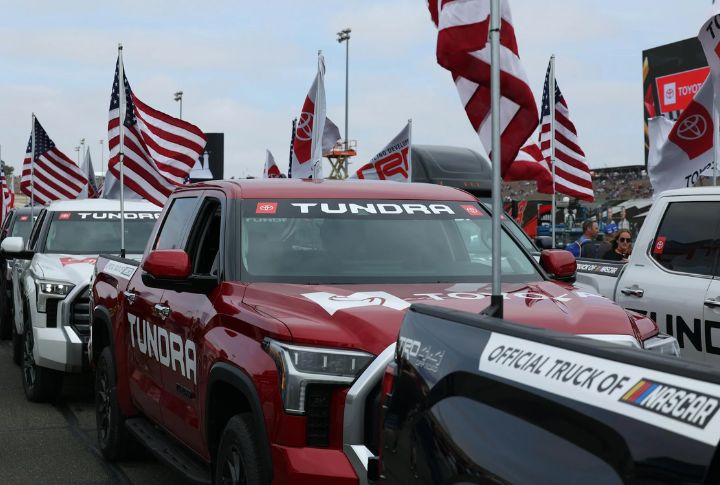
Big trucks show up in commercials, but they’re not in every driveway. Compact cars, crossovers, electric vehicles, and bikes are just as common, especially in cities. What people drive depends on location and cost. Not everyone hauls lumber or lives on a ranch.
Everyone Is Deeply Religious
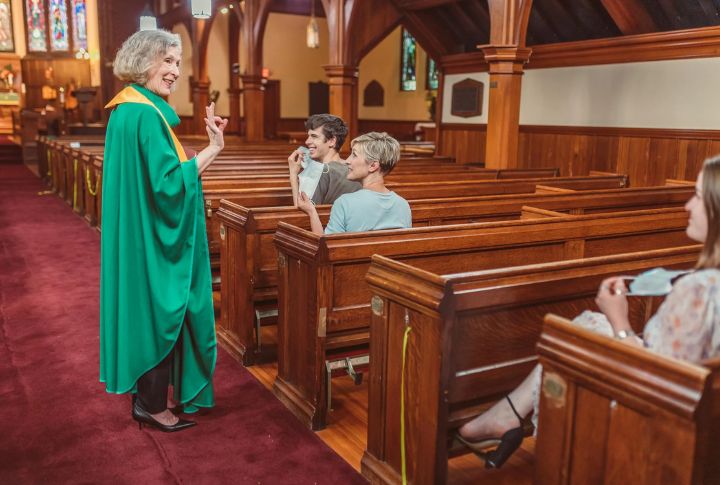
Belief systems are personal. Some attend church weekly, while others skip it entirely. Plenty identify as spiritual but unaffiliated, and many follow no faith at all. The idea that everyone’s guided by religion doesn’t reflect how Americans live or believe today.
Tipping Is Optional
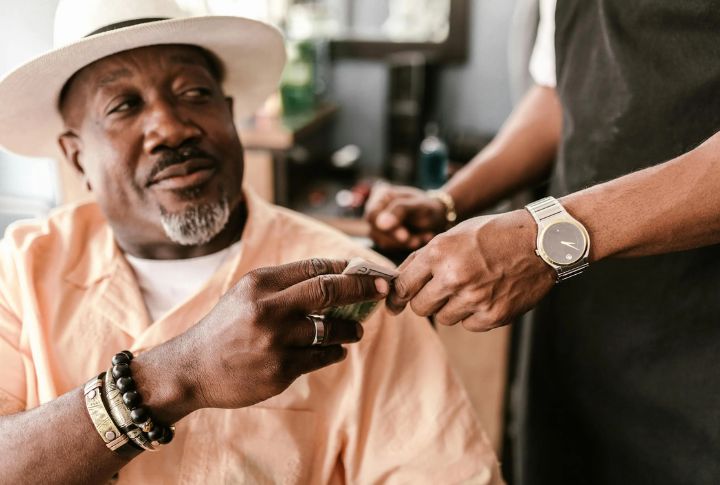
Refusing to tip isn’t seen as cultural, as it’s seen as rude. In restaurants and other service spots, tipping fills the wage gap. It’s how workers earn a livable income. Visitors who skip this step often leave a bad impression.
American Education Is Universally of Low Quality

The school experience depends on where you live. Public school quality varies, but many private and charter schools offer strong programs. Universities attract students from across the globe. Education in the US isn’t one-size-fits-all, and it’s not always worse than what’s found elsewhere.

